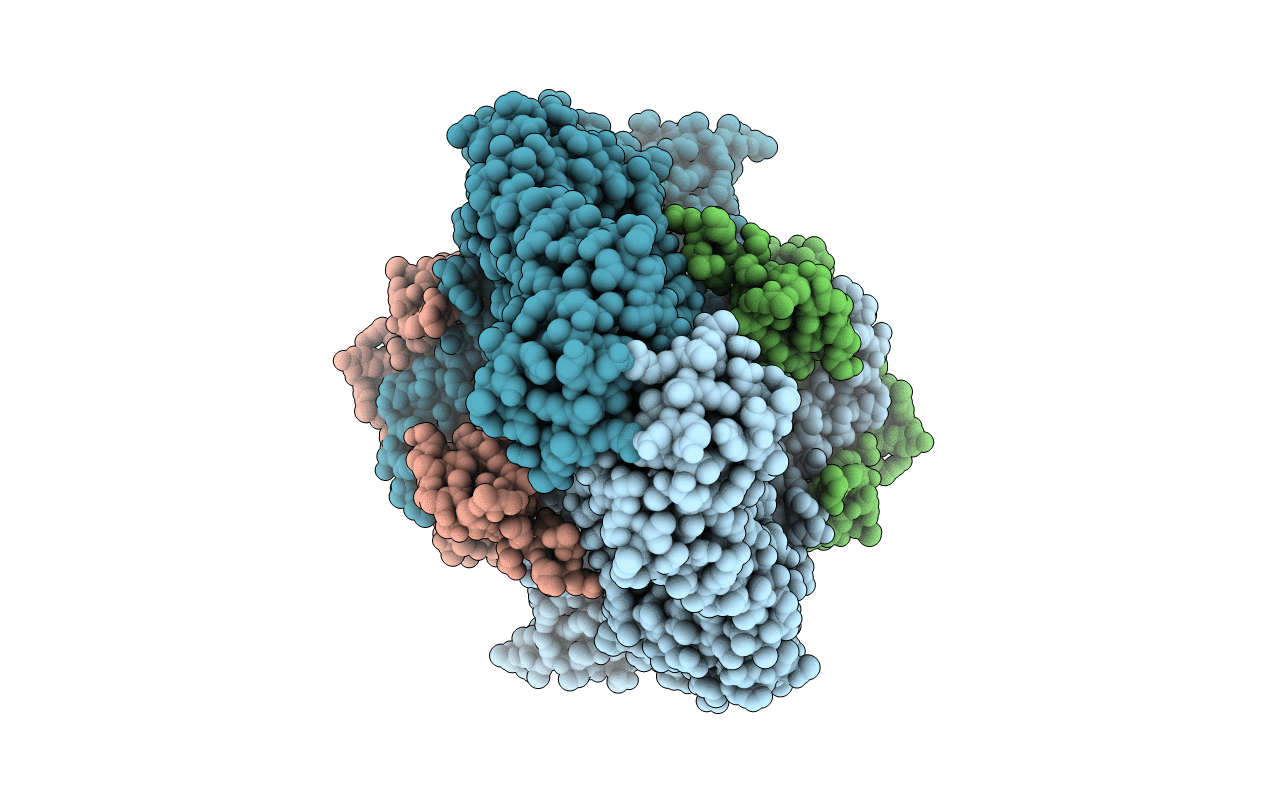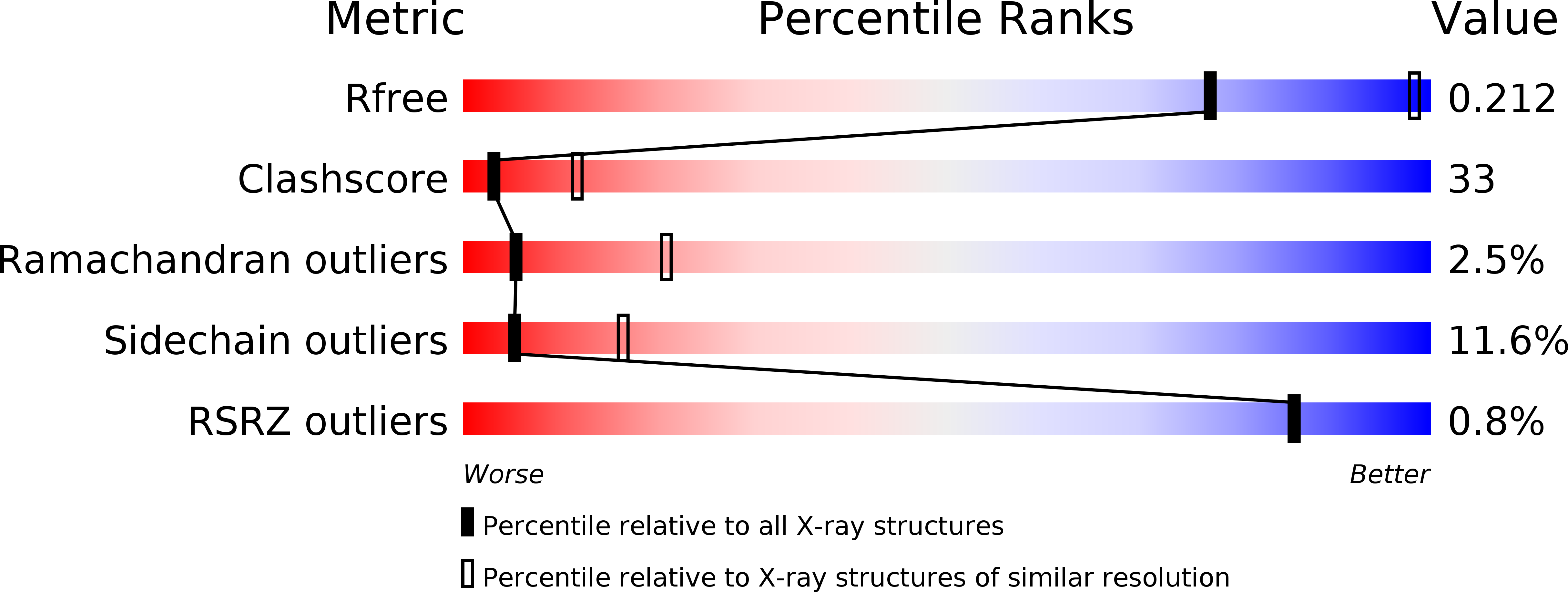
Deposition Date
2009-10-15
Release Date
2009-10-27
Last Version Date
2024-11-13
Entry Detail
PDB ID:
3K9F
Keywords:
Title:
Detailed structural insight into the quinolone-DNA cleavage complex of type IIA topoisomerases
Biological Source:
Source Organism:
Streptococcus pneumoniae (Taxon ID: 1313)
Host Organism:
Method Details:
Experimental Method:
Resolution:
2.90 Å
R-Value Free:
0.21
R-Value Work:
0.18
R-Value Observed:
0.18
Space Group:
P 32


